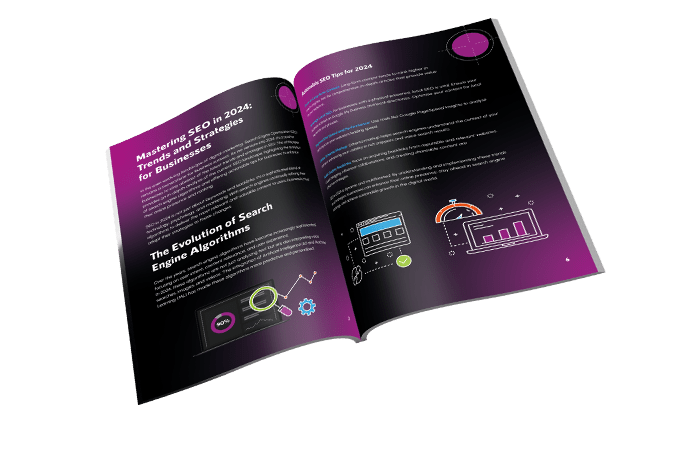News
How To: Choose And Target Your PPC Keywords
To build a successful Pay-Per-Click campaign you need to be able to choose the most appropriate keywords. This requires some extensive keyword research. The most appropriate keywords are the ones that will most likely result into more clicks on your website and conversations. Keyword research involves using software such as Google Keyword Planner and predicting what terms potential customers are typing into the search engine.
Scan and create a list of keywords from the webpage that your ads will be linking to. If you have a have a website with well-written content, then there will be enough material to make a broad keyword list that relates directly to the products and services that you are offering on your website. Following that you can organise your keywords into four different categories:
- Brand Terms – Words that include your brand name and any trademarked terminology
- Generic Terms – Words relating to the products or services you are offering
- Related Terms – Words that don’t exactly identify with what you are offering but also what potential customers may be searching for.
- Competitor Terms – Words that contain the brand names of your competitors who are offering the same products and services as you are.
When coming up with your keyword list remember to put yourself in the shoes of the customer. Ask yourself what would the customer type into the search engine for them to arrive to your website. Commence with broader keywords and then move on to more specific ones.
For example: Jeans → Men’s Jeans → Men’s Skinny Jeans → Men’s Navy Skinny Jeans.
It’s also a good idea to add variations or synonyms to a keyword list. Search engines these days make connections with words that are related to each other. For example, Men’s t-shirts/Men’s tees.
Specific keywords are naturally longer and would only get a handful of searchers each month. However, the potential customer will more likely click on your ad and then make a purchase because the product or service is exactly what the customer is looking for. Also, longer keywords are not competitive and therefore you pay less for them per click. For example, Men’s Navy Knee Ripped Skinny Jeans.
You should add keywords that have a relation to your product or service. This is about attracting customers who will likely have an interest in what you are offering. For example, if your selling men’s jeans you could include topics for those who are buying jeans would search for such as other types of clothing like pants, trousers or shirts.
Use Google’s Keyword Planner once you have made your list of keywords to continue your research. Entering a broad topic in the Keyword Planner can give you extra specific keyword ideas. You can also check the volume of clicks, seasonal trends and a variety of other data for the terms in your keyword list. This is also where you can explore your targeting options – you can view data on keywords based on country, location, language and search network.





The Ultimate Social Media Guide
With the ever-growing power of social media, we use the latest techniques, video, and animation software to craft eye-catching social media assets that make your brand pop. Our designers, wielding Adobe Creative tools, create distinctive animations and graphics to illuminate your brand story and highlight your products or services. Want a unique design? No problem – we also offer bespoke designs to match your brand aesthetic.